Top speed 161 km/h Length 6.55 m Manufacturer Piasecki Helicopter | Wingspan 7.6 m First flight April 11, 1943 | |
 | ||
Piasecki pv 2 mid summer 1943
The Piasecki PV-2 was a helicopter designed by Frank Piasecki. The PV-2 is best known for being the second successful helicopter flown in the United States. The PV-2 first flew on April 11, 1943. Developed as a technology demonstrator, the PV-2 brought several new features such as the first dynamically balanced rotor blades, a rigid tail rotor with a tension-torsion pitch change system, and a full cyclic and collective rotor pitch control.
Contents
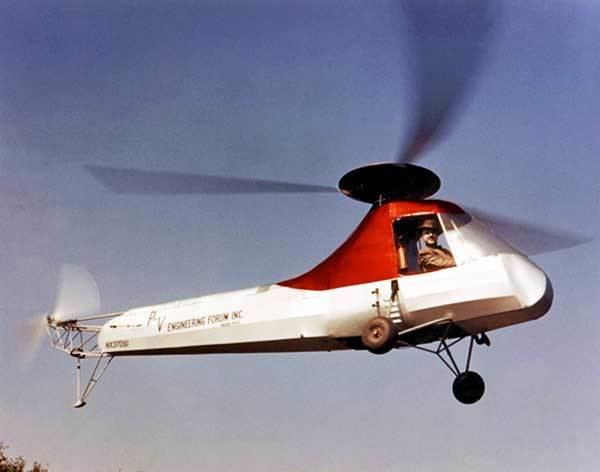
The PV-2 is now on display at the National Air and Space Museum's Steven F. Udvar-Hazy Center
Piasecki pv 2 first flight april 1943
Specifications
Data from
General characteristics
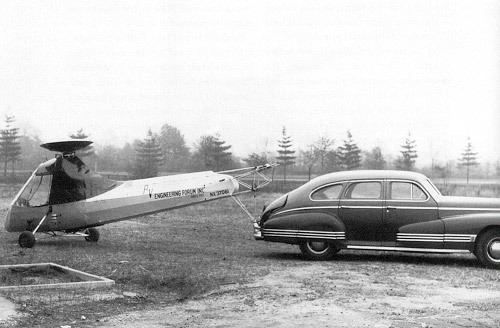
Performance
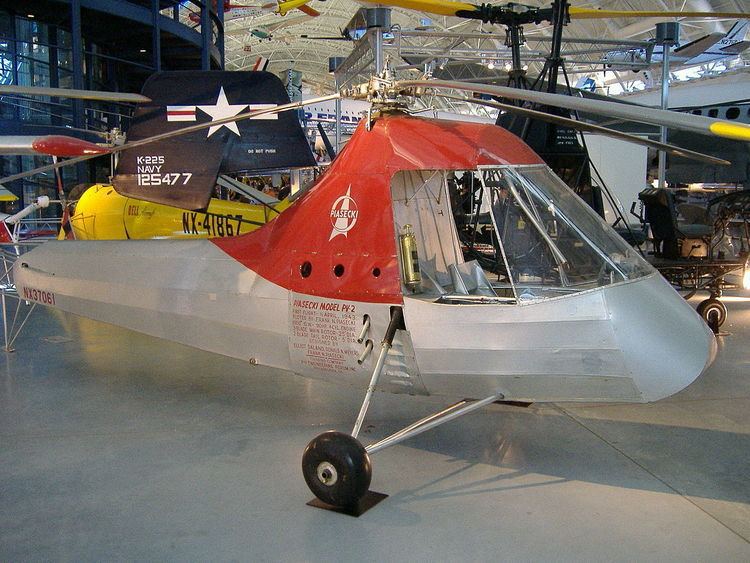
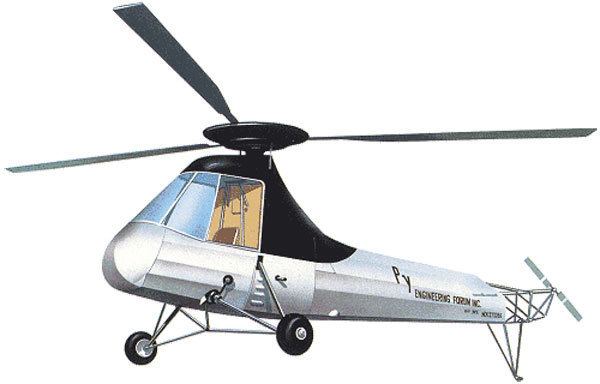
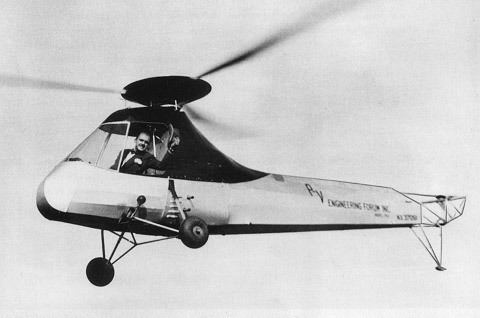

References
Piasecki PV-2 Wikipedia(Text) CC BY-SA
